Launched in April 2020, the feature-packed OnePlus 8 Pro and its four cameras, 6.7-inch AMOLED QHD display, Qualcomm Snapdragon 865 chipset, aluminum frame and gorilla glass build is clearly challenging Samsung, Apple, and Huawei for flagship market share.
On the audio side, the 8 Pro’s speakers are “powered by Dolby Atmos” — a promise to deliver immersive sound through a Dolby Atmos 3D enhancement algorithm, with or without headphones. (And on that subject, there’s no headphone jack nor any kind of adapter included.)
We put the OnePlus 8 Pro through our rigorous DXOMARK Audio test suite to measure its performance both at recording sound using its built-in microphones, and at playing audio back through its built-in speakers. In this review, we will break down how it fared in a variety of tests and several common use cases.
Key audio specifications include:
- Stereo speakers (top center and bottom right)
- Multiple microphones for stereo recordings
- No headphone jack, no adapter included
About DXOMARK Audio tests: For scoring and analysis in our smartphone audio reviews, DXOMARK engineers perform a variety of objective tests and undertake more than 20 hours of perceptual evaluation under controlled lab conditions. This article highlights the most important results of our testing. Note that we evaluate both Playback and Recording using only the device’s built-in hardware and default apps. (For more details about our Playback protocol, click here; for more details about our Recording protocol, click here.)
Test summary


For a flagship phone, the OnePlus 8 Pro’s audio performance is definitely not quite as impressive as its rivals’. While its overall audio score of 67 isn’t bad per se, it is very close to that of its predecessor, the OnePlus 7 Pro, and still well below the valedictorian Xiaomi Mi 10 Pro at 76.
In Playback, many elements are similar to the previous model: lack of low- and high-end extension; good dynamics for movies and music but weaker in games; well-controlled occlusions, and few artifacts. However it differs in certain areas such as Volume, where the minimum volume is too low, in contrast to the 7 Pro’s, which was too loud, and Artifacts, where compression in particularly subtle.
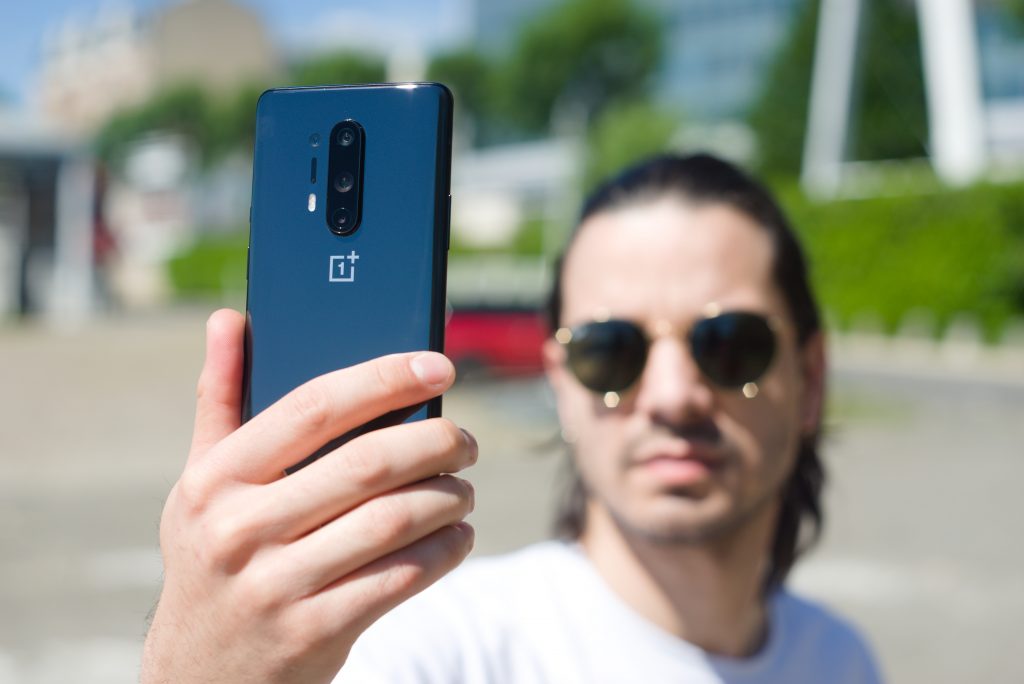
In the Recording area, OnePlus’s flagship offers a reasonably good Timbre performance thanks to realistic and intelligible midrange frequencies (mids). However, perceivable upper-frequency distortions impair both the Artifacts and the Volume sub-scores, even at nominal volumes. Background recordings sound unnatural, just like they did with the previous model. Furthermore, while wideness, localizability, and distance are satisfying when filming videos with the rear camera, selfie videos are recorded in mono.
Sub-scores explained
The DXOMARK Audio overall score of 67 for the OnePlus 8 Pro is derived from the Playback and Recording scores and their respective sub-scores. In this section, we’ll take a closer look at these audio quality sub-scores and explain what they mean for the user.
Playback

Timbre
OnePlus 8 Pro
60
89
DXOMARK Timbre tests measure how well a phone reproduces sound across the audible tonal range and takes into account bass, midrange, treble, tonal balance, and volume dependency.
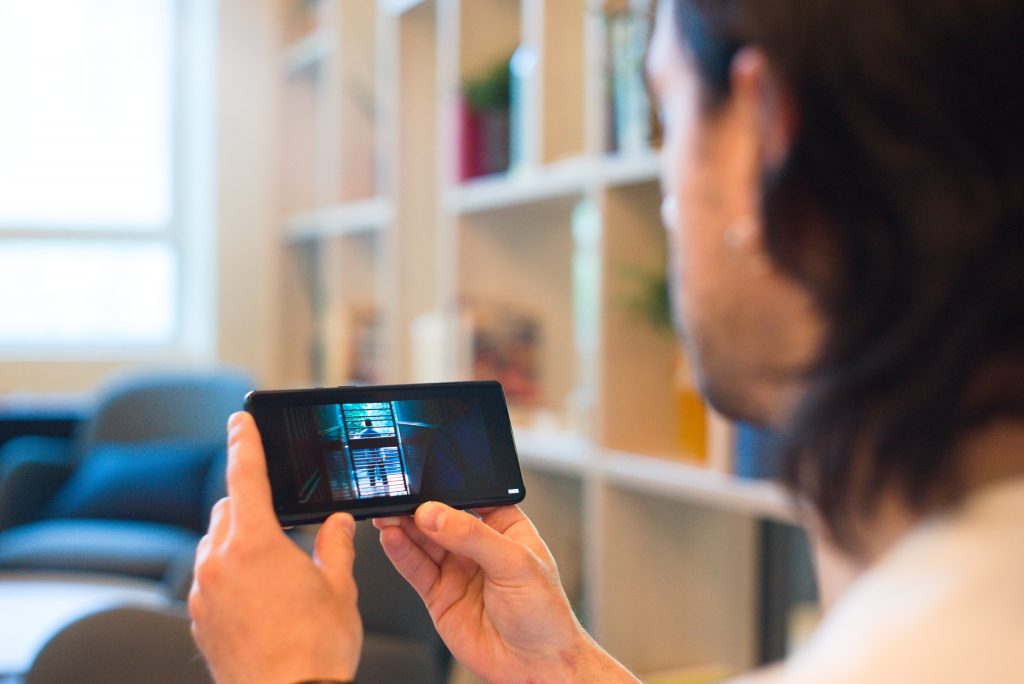
The 8 Pro delivers a decent Timbre performance, thanks to well-preserved mids, which allow voices to be realistically and intelligibly reproduced. However, as you can see in the graph below, the tonal balance is impaired on one side by the lack of bass, and on the other by a lack of high-end brilliance, which generates muffled sounds. Movies benefit from a better restitution than music or games, with higher scores across all frequencies ranges.

Dynamics
OnePlus 8 Pro
65
81
Our Dynamics tests measure how well a device reproduces the energy level of a sound source.
The Timbre performance usually echoes several times throughout a review. The first instance is often found in the Dynamics sub-score: here, the bass precision is predictably weakened by the lack of low-end extension. Punch is very good when listening to hip-hop tunes, but slightly impaired by compression and a lack of mids at maximum volume. Attack is very good across all tested sources except for games, where it is a bit weak.
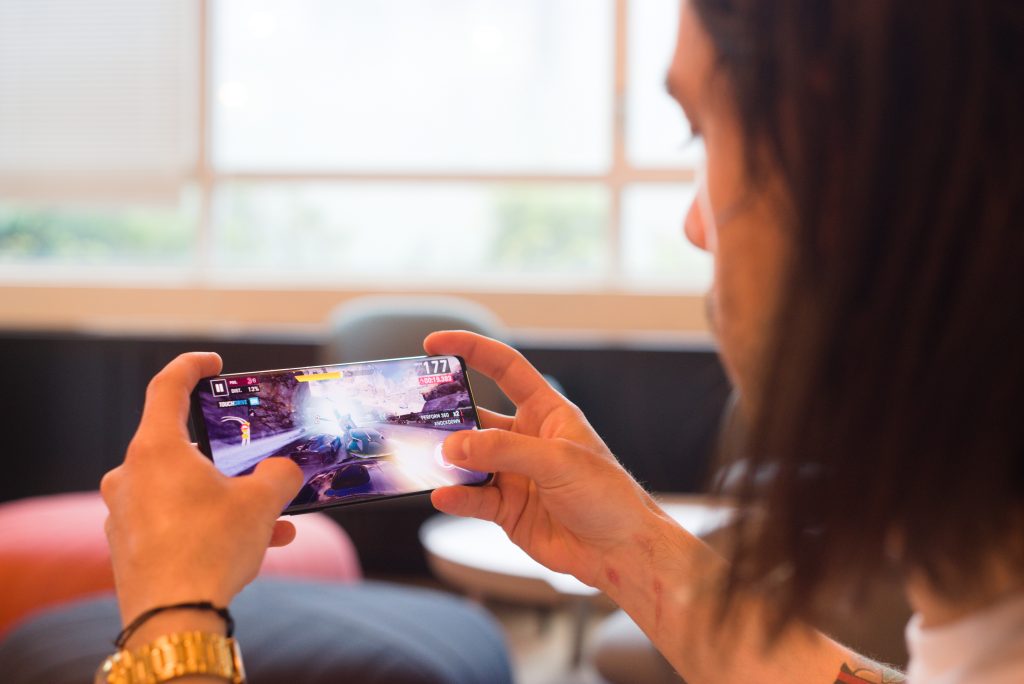
The second instance is commonly found in the Spatial sub-score, and the 8 Pro is no exception: this time, the lack of high-end extension slightly impairs the user’s ability to localize sound sources across the field. That said, wideness is good, especially when playing games, and so is balance, although centered elements tend to be slightly shifted to the left in landscape mode.
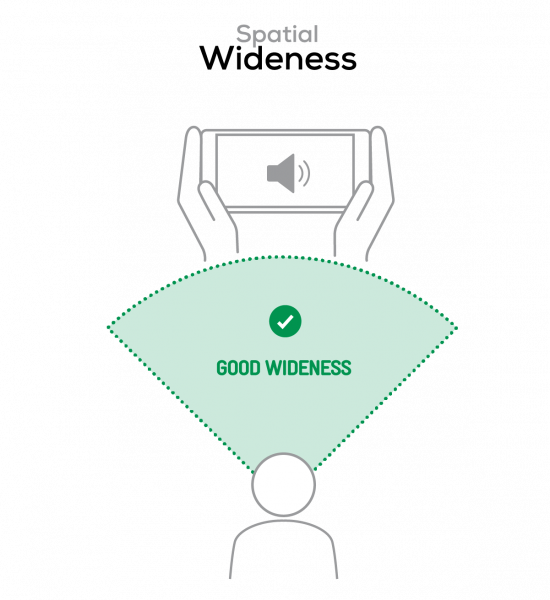
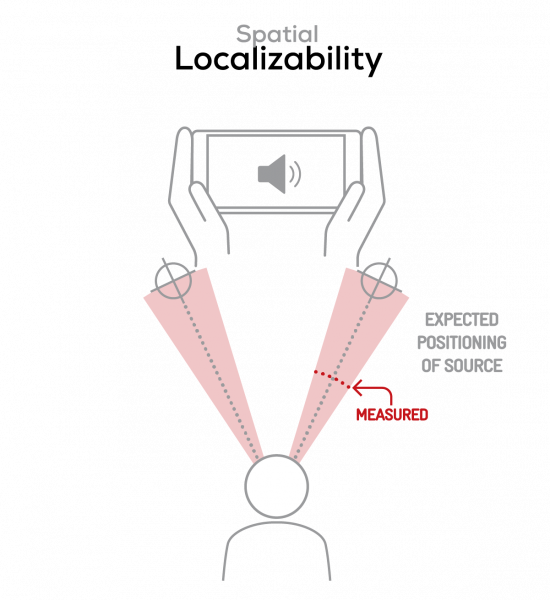

Volume
OnePlus 8 Pro
66
91
Our Volume tests measure both the overall loudness a device is able to produce and how smoothly volume increases and decreases based on user input.
While the speakers deliver a decent maximum volume, they fail to offer a proper and intelligible reproduction at minimum volume for dynamic mixes, such as classical music. Funnily enough, the 7 Pro had the exact opposite issue, as minimum volume was too loud: OnePlus clearly has a middle ground to reach here.
| Hip-Hop | Classical |
| 76.7 dBA | 73.5 dBA |

Artifacts
OnePlus 8 Pro
84
113
Our Artifacts tests measure how much source audio is distorted when played back through a device’s speaker. Distortion can occur both because of sound processing in the device and because of the quality of the speakers.
When it comes to audio artifacts, the 8 Pro’s flagship score is well deserved. At nominal volume, temporal (compression) and spectral (distortion) artifacts as well as noise are very well controlled. In addition, clever speaker positioning makes it hard for the user to involuntarily occlude them. Compression remains very subtle when increasing the volume. The only noticeable artifact is bass and synthetic signal distortion at maximum volumes.
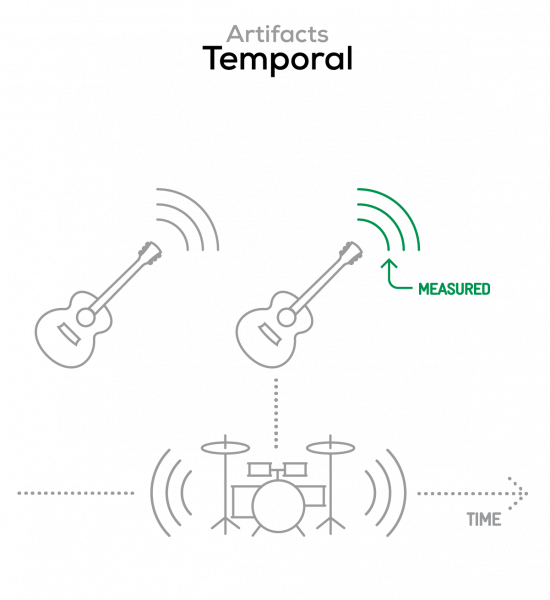
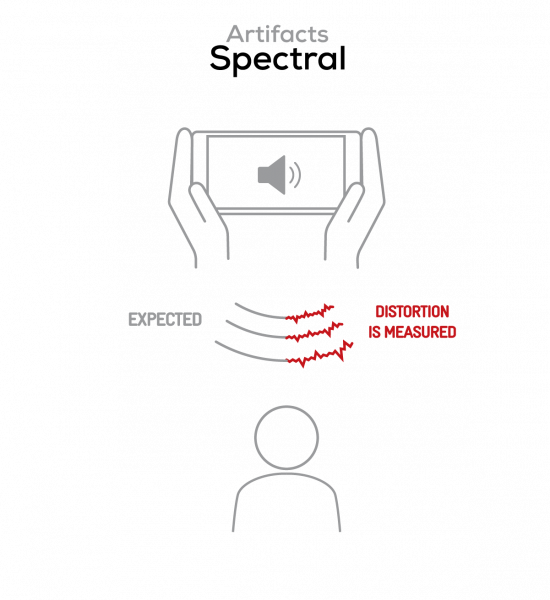
Recording

Timbre
OnePlus 8 Pro
77
91
The 8 Pro’s microphones deliver a good timbre performance, thanks to natural midrange and treble reproduction, and a deep low-end extension. However, the prominence of midrange and lack of brilliance is an issue when filming videos in Selfie mode, which in loud environments results in canned voices and hissing.

Dynamics
OnePlus 8 Pro
62
81
When recording video with the rear camera, accurate treble reproduction helps preserve the sound envelope. In loud environments, plosives (sounds like p and b) are well reproduced, thanks to the midrange prominence. On the other hand, bass and attack lack precision, and the signal-to-noise ratio is impaired by the loudness of the background, which considerably lowers speech intelligibility. Furthermore, sub-bass frequencies can trigger pumping.

Spatial
OnePlus 8 Pro
49
78
With a sub-score of 49, the OnePlus 8 Pro delivers a spatial performance that’s well below average. While wideness of the sound field, localizability, and distance are satisfying when filming a video with the rear camera, the manufacturer’s decision to record selfie videos in mono deeply harms wideness as well as localizability in portrait mode. Furthermore, in meeting room situations, both distance and localizability are poor.
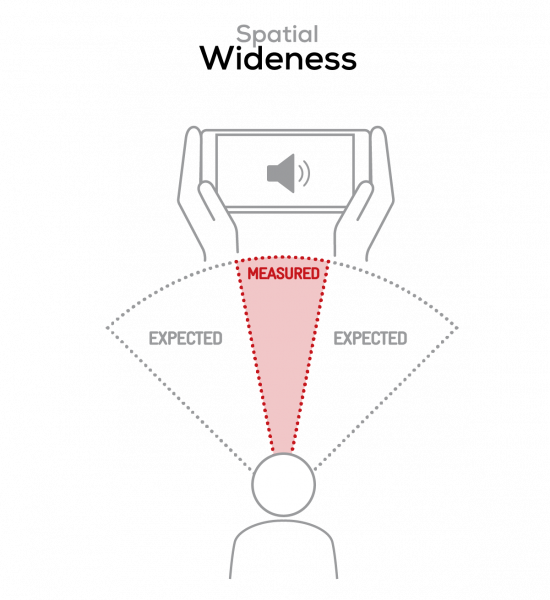
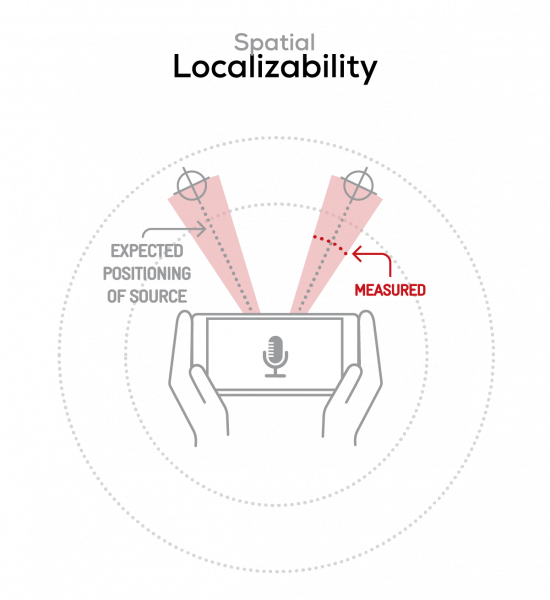

Volume
OnePlus 8 Pro
42
99
Despite being loud, maximum loudness is impaired by very noticeable upper-spectrum distortions. On the other hand, the OnePlus 8 Pro provides voices with respectable loudness. Although meeting room loudness is (as usual) lower than the other types of recordings, it remains at an acceptable level.
Here are our test results, measured in LUFS (Loudness Unit Full Scale); as a reference, we expect loudness levels to be above -24 LUFS for recorded content:
| Meeting | Life Video | Selfie Video | Memo |
| -24 LUFS | -21.9 LUFS | -20 LUFS | -18.4 LUFS |

Artifacts
OnePlus 8 Pro
70
97
OnePlus managed to keep temporal artifacts under control, but struggled a bit more with undesirable spectral repercussions. Distortions and clipping are noticeable in life and selfie video apps, along with occasional clipping. In loud environments, the excessive presence of upper-mids tends to accentuate hissing phenomena. While obstructions are well controlled in Portrait mode, microphones can be completely occluded when holding the phone horizontally.

Background
OnePlus 8 Pro
44
60
Background sounds recorded with the OnePlus 8 Pro are too prominent compared to voices, which harms not only intelligibility, but also the sound-to-noise ratio. Videos filmed with the main camera sound unnatural due to a perceivable noise-cancelling algorithm that impairs high-end frequencies.
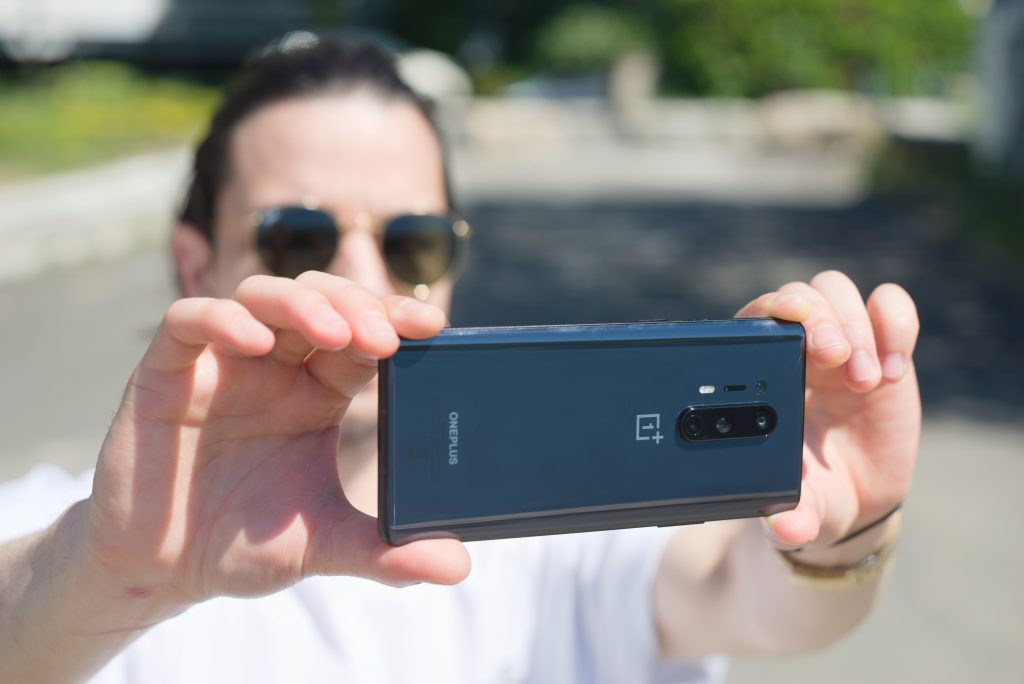
Conclusion
The 8 Pro’s audio performance bears a certain resemblance to that of the 7 Pro, especially in Playback, where it differs from the predecessor’s sub-scores by one point at the most. When it comes to recording audio, however, the 8 Pro shows a bit more independence from its older brother… but not always for the best. While the microphones deliver realistic and intelligible midrange frequencies and benefit from a better control of undesirable artifacts, the Volume sub-score is much lower due to aggressive high-end distortions. Background recordings sound as unnatural as they did with the previous model. In short, it seems OnePlus focused all its efforts on imaging, but brought too few evolutions to its flagship’s sound abilities.
Playback
Pros
- Well-controlled artifacts
- Fairly good overall performance in Spatial, especially for Wideness
- Good performance for Dynamics and Volume
Cons
- Lack of high- and low-end extension
- Bass precision a bit weak
- Minimum volume is too low, which makes dynamic content unintelligible
Recording
Pros
- Natural midrange and treble reproduction
- Well-controlled temporal artifacts
- Good Wideness and Localizability
- Fairly good loudness results
Cons
- Voices sound canned in loud environments
- Attack and bass are slightly imprecise
- Pumping occurs on sub-bass frequencies
- Background is unnatural and too loud compared to voices
- Noticeable noise cancelling


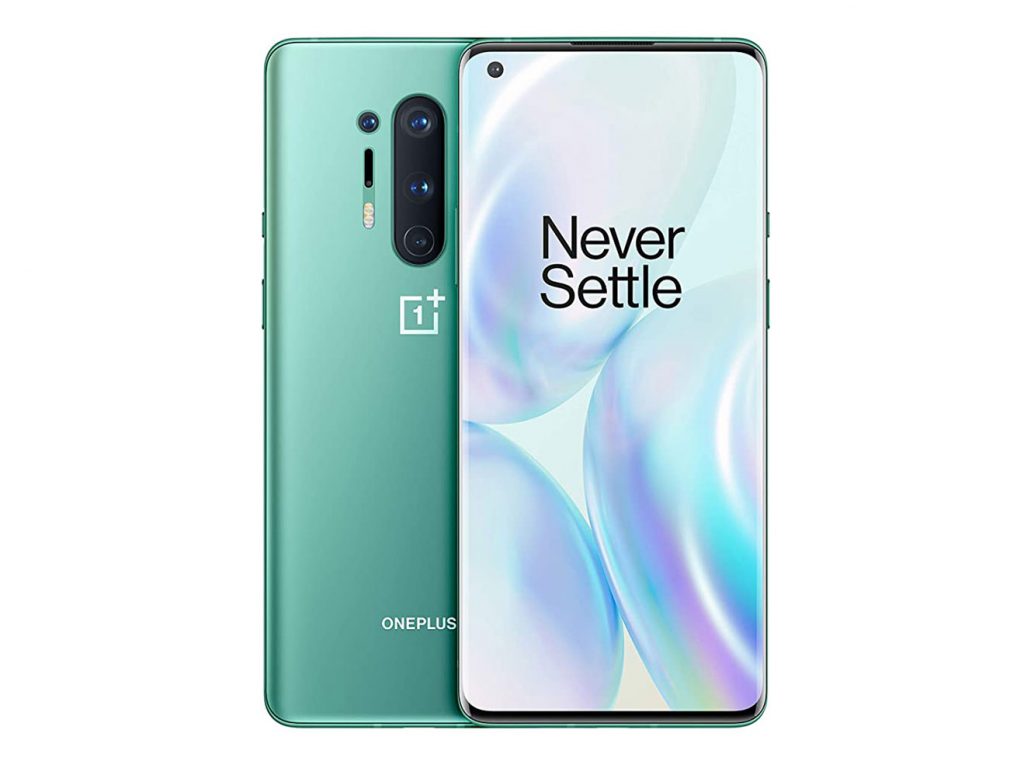
DXOMARK encourages its readers to share comments on the articles. To read or post comments, Disqus cookies are required. Change your Cookies Preferences and read more about our Comment Policy.